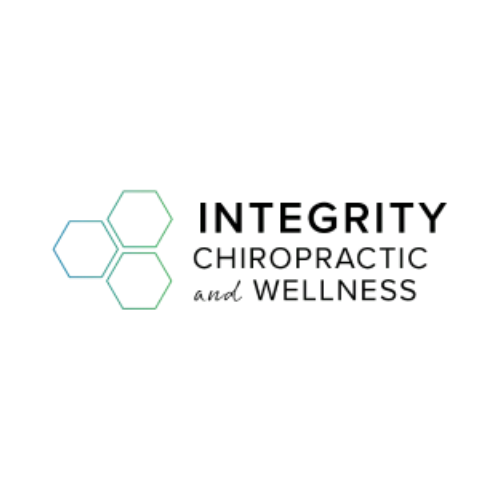When we think of spinal health, we often picture major injuries or conditions that obviously require medical attention. However, the spine plays a crucial role in our overall well-being, and even minor misalignments can lead to a host of everyday issues—chronic pain, mobility problems, and even nerve-related symptoms. In recent years, chiropractic care has gained increasing popularity as a non-invasive, holistic approach to treating many spinal-related problems. But how much do we really understand about the spine’s impact on our health?
In this post, we’ll dive into some of the most common spinal conditions, explore how they affect other parts of the body, and take a closer look at how chiropractic care can offer relief.
The Role of the Spine in Your Overall Health
Your spine isn't just a stack of bones holding you upright—it’s a central hub of your nervous system. It protects the spinal cord, which serves as the main communication line between your brain and the rest of your body. So, when something goes wrong with your spine, it can affect nearly every function in your body, from digestion and sleep to movement and pain perception.
This is why conditions like scoliosis, disc issues, and sciatica can be more disruptive than they might initially appear.
Scoliosis: More Than Just a Curved Spine
Scoliosis, which refers to an abnormal lateral curvature of the spine, often develops in childhood or adolescence but can also be diagnosed in adults. While some cases are mild and manageable, others can lead to chronic discomfort, uneven posture, and even breathing difficulties if left untreated.
Many people assume surgery is the only effective treatment for scoliosis, but alternative therapies are gaining recognition. Chiropractic care has emerged as a non-invasive solution for managing scoliosis, offering benefits like improved posture, reduced pain, and better mobility. Chiropractors use specialized techniques that help realign the spine, decrease inflammation, and improve range of motion.
Disc Bulge vs. Herniated Disc: What’s the Difference?
If you've ever experienced back pain that radiates into your legs or arms, it may have been related to a disc issue. The terms “bulging disc” and “herniated disc” are often used interchangeably, but they refer to different conditions that require different approaches.
A disc bulge vs. herniated disc distinction is important: a bulging disc occurs when the disc extends outside its normal boundary but remains intact, while a herniated disc involves a tear in the outer layer that allows the inner gel-like material to leak out. While both conditions can cause nerve compression and pain, a herniated disc often presents more severe symptoms and may require more intensive intervention.
Chiropractic care can help alleviate the symptoms of both by reducing pressure on the affected nerves and restoring proper spinal alignment. It can also be used in combination with physical therapy, massage, and other modalities for a comprehensive treatment plan.
The Sciatica Connection: When Nerve Pain Travels
Sciatica is another common condition rooted in spinal issues. It occurs when the sciatic nerve—which runs from the lower back down each leg—becomes irritated or compressed, usually due to a herniated disc or spinal misalignment. The pain can range from a mild ache to a sharp, burning sensation and is often accompanied by numbness, tingling, or muscle weakness.
Interestingly, sciatica can even cause knee pain, which can confuse both patients and healthcare providers. This is due to the complex network of nerves involved in the lower back and legs, which can refer pain to areas that aren’t directly injured.
Chiropractic adjustments target the root cause of sciatica, not just the symptoms. By relieving pressure on the sciatic nerve, many patients report significant improvements in both their leg and lower back discomfort.
When Should You Consider Chiropractic Care?
If you’re experiencing unexplained back pain, nerve symptoms, or even joint pain in areas like your knees, it might be time to evaluate your spinal health. Chiropractic care focuses on identifying and correcting the underlying misalignments in the spine, which can reduce inflammation, improve mobility, and restore nerve function.
Here are a few signs it may be time to visit a chiropractor:
-
Persistent neck or back pain
-
Numbness or tingling in your limbs
-
Limited range of motion
-
Poor posture or spinal asymmetry
-
Sciatic nerve pain or symptoms
Final Thoughts: A Holistic View of Spinal Wellness
Maintaining spinal health is about more than just avoiding injury—it’s about optimizing your body’s function. Whether you’re dealing with scoliosis, a bulging disc, or radiating nerve pain, understanding the root cause of your discomfort is key to long-term relief. Chiropractic care offers a gentle yet effective approach to restoring spinal alignment and enhancing your overall quality of life.
If you're curious about how chiropractic care might benefit your specific condition, consider reading more about its role in managing scoliosis, the difference between disc bulge and herniation, or how sciatica can impact your knees.
Your spine might just be the key to unlocking a healthier, more comfortable life.
